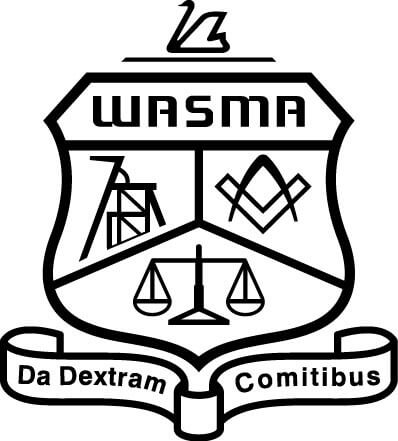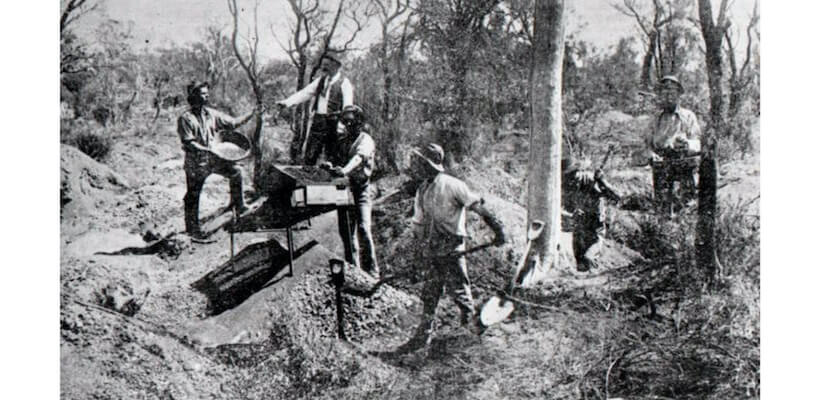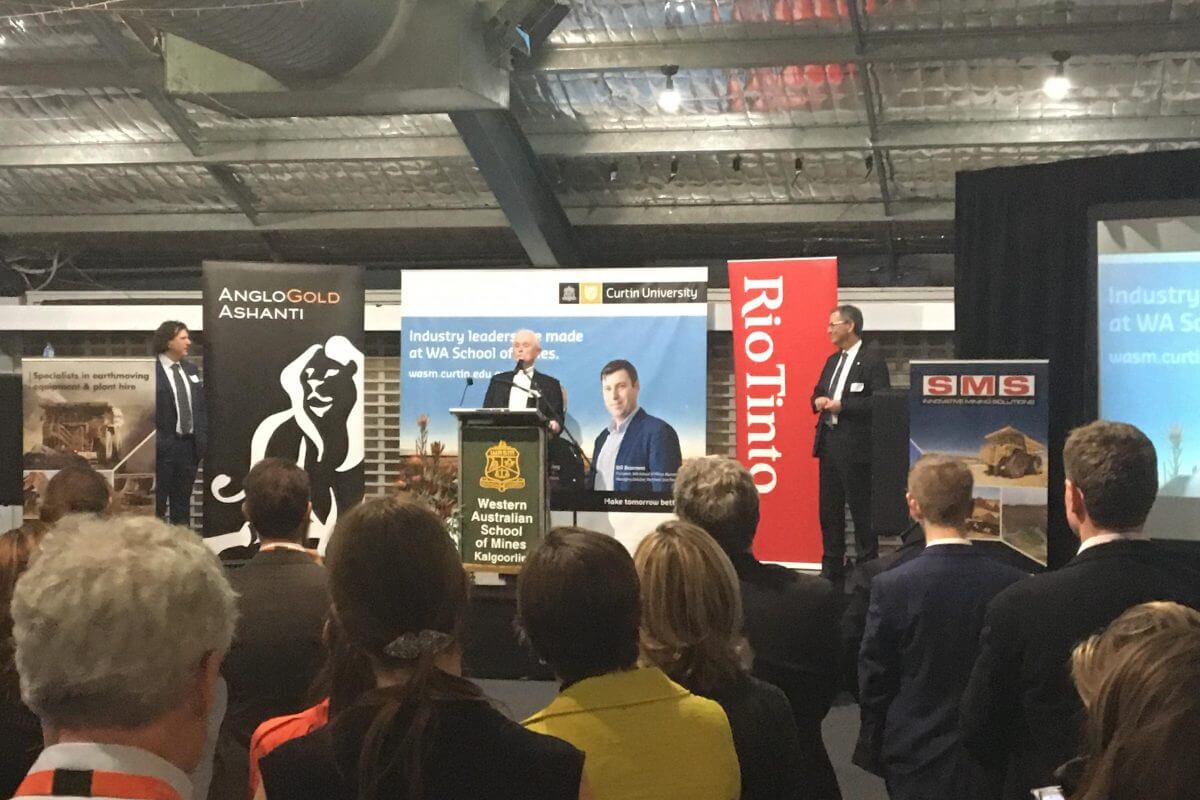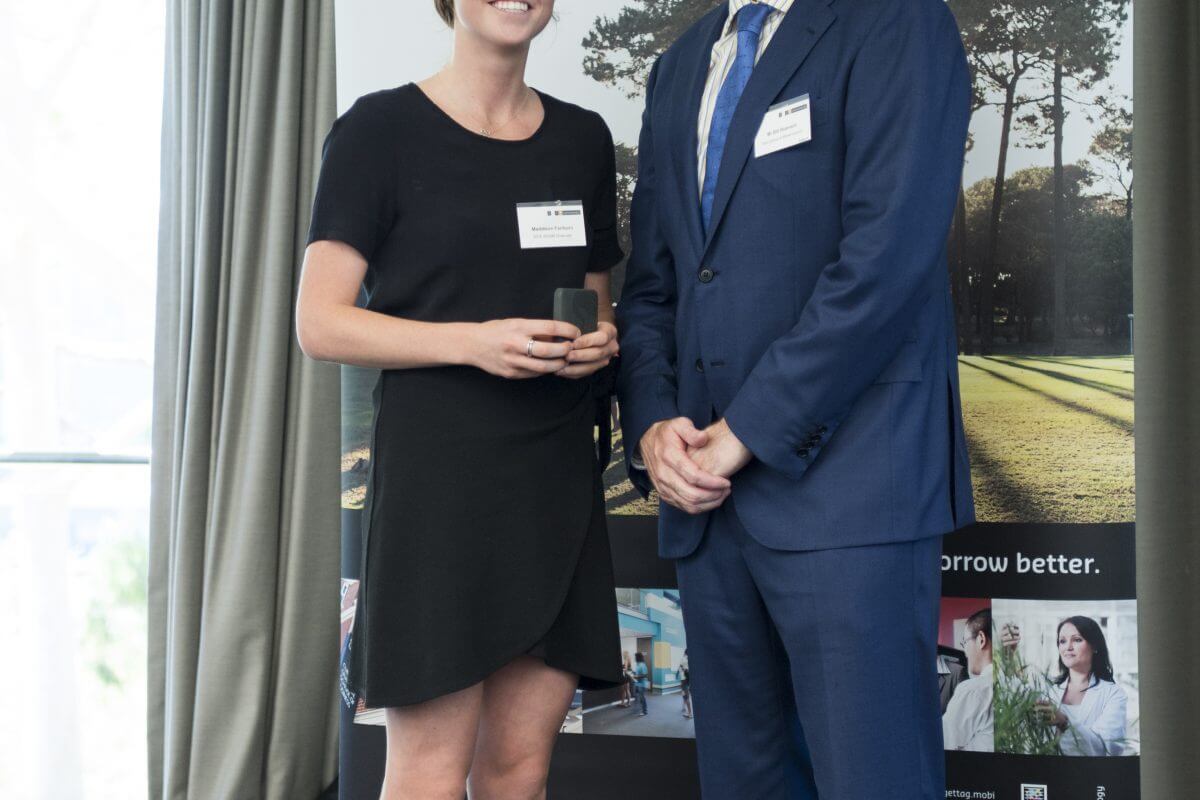Opinion piece by Prof. Odywn Jones AO
Emeritus Professor at the Western Australian School of Mines
Most operating mines in Western Australia utilise a FIFO workforce which include persons of both gender, and for quite some time there has been growing evidence of increasing occurrences of worksite sexual harassment and bullying, etc.
However, more recently the situation has become extremely serious, as reported in The West Australian January 4, when it was stated the Department of Mines, Industrial Regulation and Safety (DMIRS) Director General sent a letter to a number of the industry’s major employers in December demanding an explanation for unequivocally, unacceptable failure to fulfil obligations to report workplace rapes.
This situation apparently developed, as stated by The West, after the Mines and Energy Minister Bill Johnston said in December that he wanted WA’s big resource companies recalled before an inquiry to be quizzed over whether confidential payments were made to silence victims of the alleged attacks.
It’s appropriate to therefore recognise and acknowledge the importance of the leadership and guidance shown by DMIRS and Johnston. The recent WA Government’s Parliamentary inquiry has proved to be very effective, highlighting the need for operating companies to take ownership of the behavioural culture existing at their worksites.
The McGowan Government has also invested considerable effort in harmonising the State’s work health and safety laws, including adopting the national model. This led to the introduction of the Work Health and Safety Act 2020 (WHS Act) and its three sets of supporting regulations which were due for implementation in April 2022. This Act will apply to general industry and mining workplaces, replacing the Mines Safety and Inspection MSI Act.
The most recent evidence of mining corporations exploring and addressing inappropriate behavioural practices within their organisations is the release, of the “Report into Workplace Culture at Rio Tinto [Ltd]”. This report, overseen by Australia’s former “Sex Discrimination Commissioner” Elizabeth Broderick, indicates the parlous state of behavioural culture across the company’s worksites in 35 countries. It highlights that sexism, bullying and racism are endemic at most worksites with bullying worst in Australia and South Africa and sexual harassment also being worst in Australia.

Duty of care responsibilities
The MSI Act highlights objectives for promoting and improving “occupational safety and health” at mine sites throughout WA. The Mining Industry Advisory Committee (MIAC) has also released a guideline on “General duty of care in Western Australian mines (Second edition)”.
The aim of the existing legislation (MSI Act and Mines Safety and Inspection Regulations 1995), according to the MIAC guideline is to:
- Ensure each employer provides and maintains a safe workplace, so far as is practicable, and
- Make each person who works at a mining operation in WA is responsible for his or her safety, and for the safety of others who would be affected by his or her actions or inaction
The focus of the legislation is on the prevention of unsafe situations, and inappropriate behaviours such as sexual harassment and workplace bullying are considered a hazard under the MSI Act.
It is also the case that the duty of care applies to both employers and employees at all levels and includes corporations, mining company employees and contract workers, and those who are self-employed as well as supervisors and managers.
Impact of recent inquiries
One can only imagine the impact on parents of reading newspaper articles highlighting that sexual harassment is rife at iron ore mining camps in the state, which provides more than half of the world’s supply of this commodity, especially those parents whose sons or daughters show an interest in careers within the mining industry.
Currently, only about 20 per cent of the industry’s workforce are female; a level which industry employers think is far too low according to Chamber of Minerals and Energy WA chief executive Paul Everingham. His focus remains on trying to get from 20 per cent to 50 per cent. But as he also stated, “certainly instances of sexual assault and harassment will only make the task of attracting talented women into mining even harder”.
We obviously need, as the WA Mines Minister stated, the other major mining companies to follow Rio Tinto’s example. As Rio Tinto Australia chief executive Kelly Parker is quoted as saying in the Weekend Australian (February 5-6) “Management’s new framework should be adapted and localised to different locations, such as mine-sites and city offices”. In her view it should have three pillars:
- Leadership capability and training at all levels of management – from senior leaders to frontline supervisors
- Provision of safe, secure and liveable facilities for a modern workforce, with the use of alcohol curbed and provision of on-site security, if necessary
- Clear and transparent complaints handling system, whereby the complaints of employees are immediately believed and investigated
The report itself concludes its executive summary by stating:
- “The real task now is for the organisation to make safety and respect the lived reality for its employees, whoever they are and wherever they work across Rio Tinto – each and every day.”
Ongoing Initiatives by government
DMIRS has been pursuing the increasing need to address these behavioural issues at mining industry worksites for many years. Indeed, specially trained mental health and wellbeing inspectors are appointed to investigate:
- Whether mining companies and/ or their contractors have systems in place to monitor and/or restrict on-site consumption of alcohol
- Such environmental on-site factors as “controlled and safe access to accommodation”, on-site security and adequacy of lighting etc., all of which are important in reducing the risk of employees being exposed to hazards; behavioural or otherwise
- Employer strategies to reduce inappropriate behavioural issues, including gender violence. These strategies may include appropriate training of management and employees, the availability of suitable recreational activities, avoidance of excessive alcohol consumption and the availability of peer support and employee assistance programmes
Appropriate compliance action is taken by mines safety inspectors if necessary and DMIRS works closely with the WA Police if criminality is an issue.
DMIRS is also introducing a number of proactive initiatives to reduce the risk of employees being exposed to psychosocial hazards, including:
- The publication of bulletins highlighting the requirement of employees to notify the DMIRS of occurrences of sexual harassment or assault
- Conducting mentally healthy workplace audits at mine sites which may identify conditions that may contribute to the increased risk of unacceptable behavioural practices
- The development of three new codes of practice dealing with “Violence and Aggression at Work”, “Workplace Behaviour”, and “Psychosocial Hazards in the Workplace”. These will help employers in both mining and general industry to prevent and manage risks associated with inappropriate workplace behaviours
Furthermore, there is the Government’s commitment to the “Mental Awareness, Respect and Safety programme” announced in December 2021, which seeks to address workplace sexual harassment and assault, along with other issues such as mental health, alcohol and drug use and general safety issues.
The employer’s task
Other WA employers in the resource sector need, as a matter of great urgency, to follow the example set by Rio Tinto in order to establish a healthy and respectful workforce of men and women, with supervisors trained to identify and deal with unhealthy behaviour, involving bullying, racism and/or unacceptable sexually specific language and/or behaviour. This is doubly difficult within male-dominated mine sites where FIFO workers live with each other outside working hours; meeting each other at meal times and when relaxing in the wet mess or gymnasium. However, there are ample opportunities for supervisors to notice questionable behaviour and such behavioural issues should be nipped in the bud, with the guilty party being told that such behaviour is unacceptable and could lead to serious consequences, including termination of employment.
This assumes that supervisors are carefully selected and adequately trained to deal with such issues.
Control of alcohol consumption is also important, and many mining companies have introduced a cap on the daily quota (e.g. four mid-strength beers per day), with no alcohol served and consumed after 9.30pm and the prohibition of stockpiling.
Induction programmes for new entrants to mine sites should emphasise that a happy workforce is based on mutual respect and that bullying and/or physical or sexual harassment is totally unacceptable. The existence of on-site complaint handling systems should also be clearly defined, and it may well be necessary to employ on-site security personnel to provide safe environments for female employees during non-working hours.
The remoteness and relative isolation of most mining operations in WA make women employees more vulnerable to gender-based harassment and violence. Consequently, mining companies need to pay particular attention to the:
- Establishment of safe and secure accommodation for women employees
- Establishment of a pro-active supervisory system, whereby any evidence of bullying and/or sexual harassment is immediately dealt with
- Curtailing the availability of alcohol during non-working periods
- Establishment of a clearly defined transparent and responsive complaints handling system
Mining companies may also consider identifying counsellors amongst the workforce, such as those well-respected long-term employees, who are trained to be the first point of contact for those of either sex who feel uncomfortable due to unwelcome behaviour or attitudes of fellow employees.




